Potrebujeme váš súhlas na využitie jednotlivých dát, aby sa vám okrem iného mohli ukazovať informácie týkajúce sa vašich záujmov. Súhlas udelíte kliknutím na tlačidlo „OK“.
ASTM E915-10
Standard Test Method for Verifying the Alignment of X-Ray Diffraction Instrumentation for Residual Stress Measurement
Automaticky preložený názov:
Štandardná skúšobná metóda pre overovanie zarovnanie röntgenová difrakcia prístrojov pre meranie pnutia
NORMA vydaná dňa 1.6.2010
Informácie o norme:
Označenie normy: ASTM E915-10
Poznámka: NEPLATNÁ
Dátum vydania normy: 1.6.2010
Kód tovaru: NS-48458
Počet strán: 4
Približná hmotnosť: 12 g (0.03 libier)
Krajina: Americká technická norma
Kategória: Technické normy ASTM
Kategórie - podobné normy:
Anotácia textu normy ASTM E915-10 :
Keywords:
alignment, residual stress, x-ray diffraction, Alignment, Instrumental measurement--corrosion, Iron powder, Metals and metallic materials, Misalignment, Precision instrumentation, Residual stress, Stress--metallic materials, Structural metals/alloys, Verification, X-ray diffraction analysis, ICS Number Code 19.100 (Non-destructive testing)
Doplňujúce informácie
| Significance and Use | ||
|
This test method provides a means of verifying instrument alignment in order to quantify and minimize systematic experimental error in X-ray diffraction residual stress measurement. This method is suitable for application to conventional diffractometers or to X-ray diffraction instrumentation of either the diverging or parallel beam types. , Application of this test method requires the use of a flat specimen of stress-free material that produces diffraction in the angular region of the diffraction peak to be used for stress measurement. The specimen must be sufficiently fine-grained and isotropic so that large numbers of individual crystals contribute to the diffraction peak produced. The crystals must provide intense diffraction at all angles of tilt, ψ, which will be employed (see Note 1). Note 1—Complete freedom from preferred orientation in the stressfree specimen is, however, not critical in the application of the technique. |
||
| 1. Scope | ||
|
1.1 This test method covers the preparation and use of a flat stress-free test specimen for the purpose of checking the systematic error caused by instrument misalignment or sample positioning in X-ray diffraction residual stress measurement, or both. 1.2 This test method is applicable to apparatus intended for X-ray diffraction macroscopic residual stress measurement in polycrystalline samples employing measurement of a diffraction peak position in the high-back reflection region, and in which the θ, 2θ, and ψ rotation axes can be made to coincide (see Fig. 1). 1.3 This test method describes the use of iron powder which has been investigated in round-robin studies for the purpose of verifying the alignment of instrumentation intended for stress measurement in ferritic or martensitic steels. To verify instrument alignment prior to stress measurement in other metallic alloys and ceramics, powder having the same or lower diffraction angle as the material to be measured should be prepared in similar fashion and used to check instrument alignment. 1.4 This standard does not purport to address all of the safety concerns, if any, associated with its use. It is the responsibility of the user of this standard to establish appropriate safety and health practices and determine the applicability of regulatory limitations prior to use. |
||
| 2. Referenced Documents | ||
|
Podobné normy:
Historická
1.6.2010
Historická
1.4.2014
Historická
1.5.2011
Historická
1.6.2011
Historická
1.12.2011
Historická
1.8.2013
Odporúčame:
Aktualizácia technických noriem
Chcete mať istotu, že používate len platné technické normy?
Ponúkame Vám riešenie, ktoré Vám zaistí mesačný prehľad o aktuálnosti noriem, ktoré používate.
Chcete vedieť viac informácií ? Pozrite sa na túto stránku.


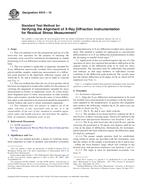
 ASTM E999-10
ASTM E999-10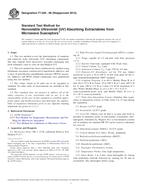 ASTM F1349-08(2014)..
ASTM F1349-08(2014)..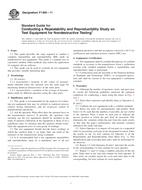 ASTM F1469-11
ASTM F1469-11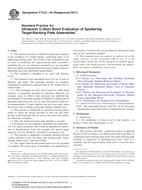 ASTM F1512-94(2011)..
ASTM F1512-94(2011)..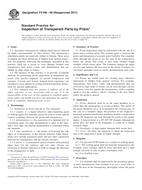 ASTM F2108-06(2011)..
ASTM F2108-06(2011)..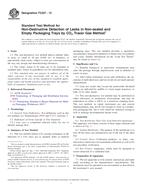 ASTM F2227-13
ASTM F2227-13
 Cookies
Cookies
